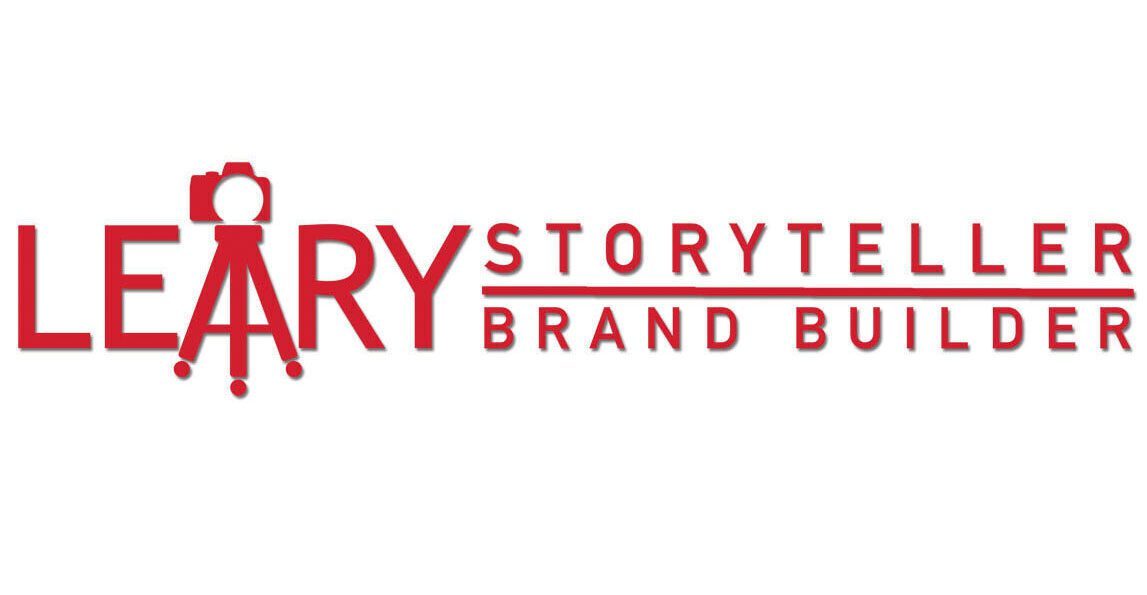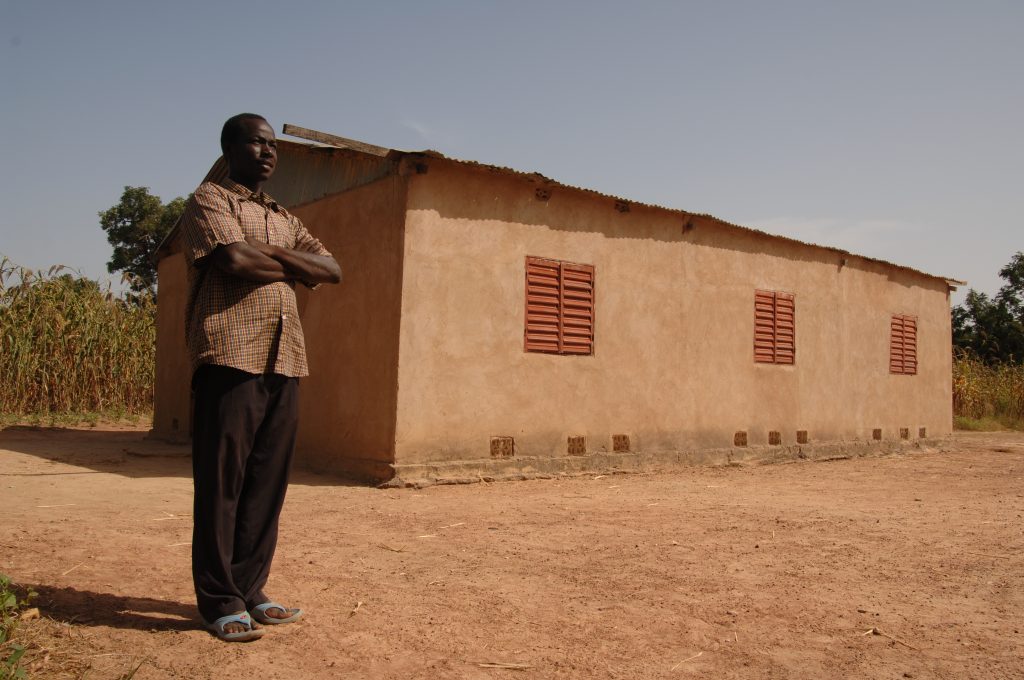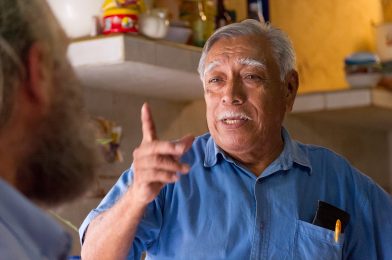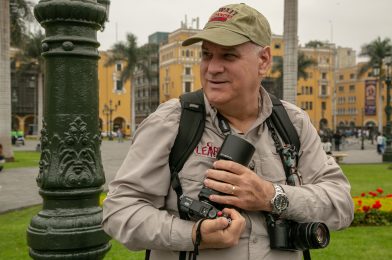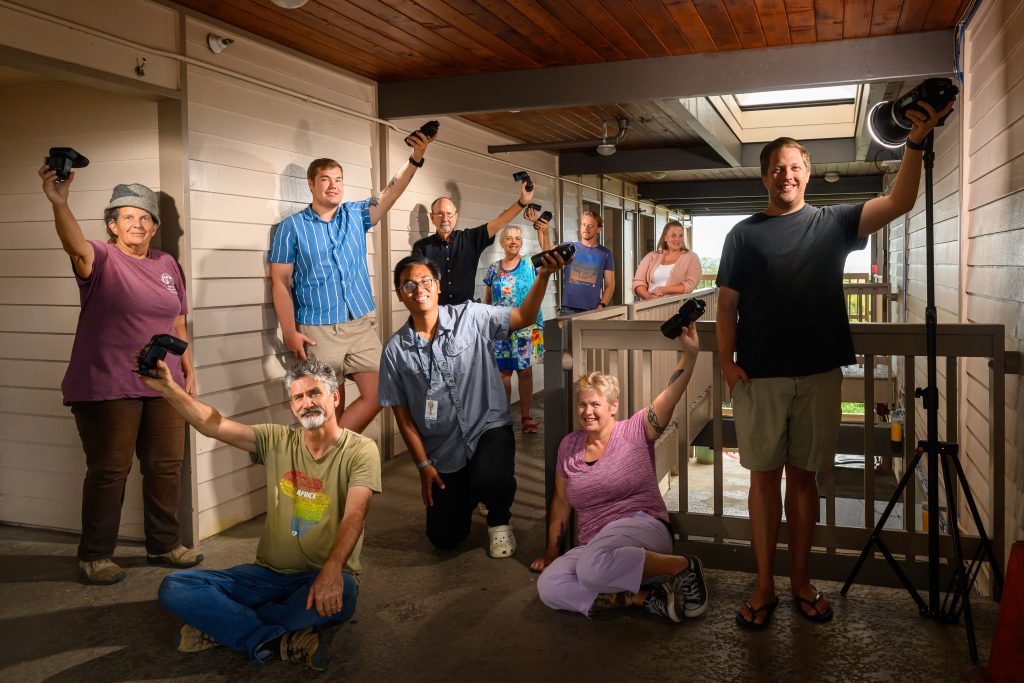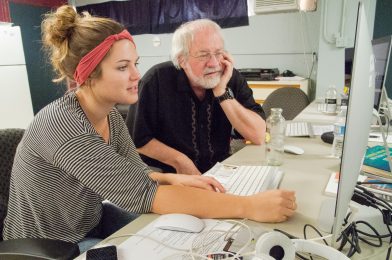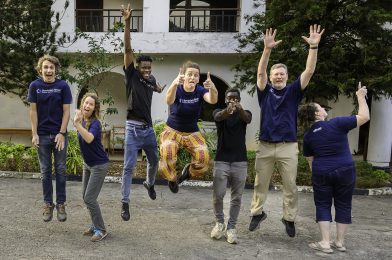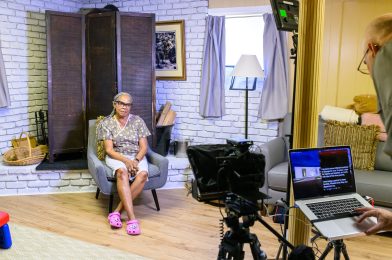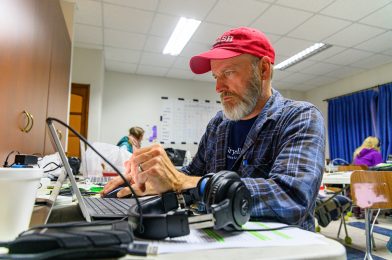David Cifuentes Velazquez, a coffee grower and member of the Just Coffee Cooperative, shares with visitors how coffee is grown in Salvador Urbina, Chiapas, Mexico. His excitement is contagious, especially as he tells how the cooperative’s success brought his son back home from working in the U.S. to rejoin the family farm. Now, all of David’s children live next door, a testament to how Just Coffee is transforming livelihoods, restoring families, and strengthening communities.
One of the most common challenges I hear from missionaries is this:
“We’ve told the same story so many times. That program is fully funded. I want to highlight some of the newer ministries — but their stories aren’t as powerful.”
I get it. You don’t want to keep promoting a coffee co-op or a business training program that already has the necessary resources. You want to shine a light on the rest of the work God is doing through your ministry.
But here’s the truth: you don’t retire your strongest stories — you repurpose them.
Why Your Best Stories Still Matter
Stories, such as a woman learning to sew, creating her own fabric, and starting a business, are more than just donor appeals. They’re trust builders. They give supporters a clear view of transformation — tangible, emotional, and inspiring.
The impact was undeniable when I worked with a missionary running a sewing and business training program for single women aged 18–28. Women gained skills, confidence, purpose, and a means to support themselves. One woman went on to teach others and even started her small co-op.
That kind of story moves hearts — and opens the door for people to care about your broader ministry.
Use Strong Stories as On-Ramps
If a new ministry doesn’t yet have powerful before-and-after stories, don’t force it. Instead, use your strong stories as a bridge.
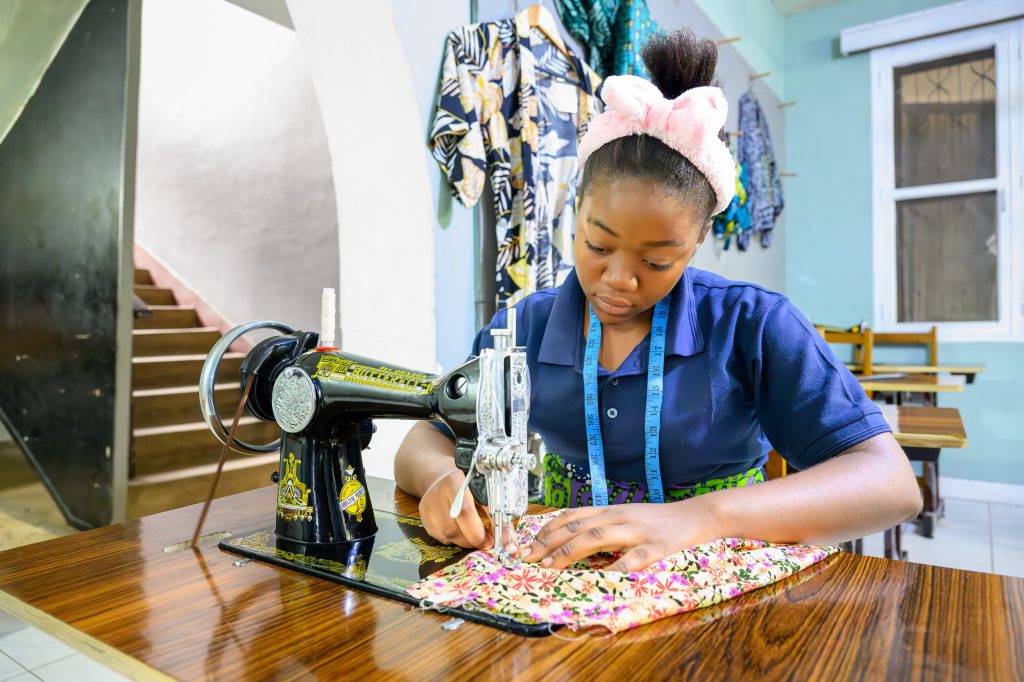
For example:
“You’ve seen how the sewing program helped young women gain dignity and independence. Now, we’re coming alongside those same women as they disciple others in their community — and we’d love your help to make that possible.”
You’re not misleading your audience — you’re helping them see the continuum of transformation. You’re telling a bigger story, with the strongest chapters leading the way.
Don’t Chase Equal Airtime — Chase Engagement
Not every ministry requires the same level of attention. Think of it more like music: some instruments carry the melody while others support the harmony. Let your strongest stories carry the melody, and let newer ministries build the harmony around them.
If you’re working with programs that don’t have a dramatic or visual story (maybe a counseling program, leadership training, or administrative work), link them to outcomes that matter. For instance:
“Behind every successful story we’ve shared is a team that’s been trained, supported, and equipped. That work happens through our leadership development program — and it’s one of the most important ways we ensure sustainability.”
Invite, Don’t Apologize
There’s no need to apologize for leading with the stories that work. Audiences want to know that their support makes a difference. When they see it clearly in one area, they’re more likely to believe in the rest of your work too.
So keep telling the story of the coffee cooperative. Continue to show how a young woman’s life was transformed by learning to sew. But now, let that story invite people into the next chapter.
Do you need any help shaping those transitions? That’s precisely the kind of strategy I love assisting missionaries to build — and it’s what I do every day.
